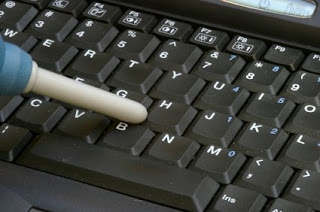
First of all, let me explain a little about what XP Antivirus 2008 really is. It's basically one of the latest scams to hit the Web. It's a fake antivirus program, but it looks so real and it has fooled a lot of computer users. It usually starts showing up after you've downloaded a video (or something similar) that supposedly has a virus attached to it. You are then urged to install XP Antivirus 2008 to get rid of the malware. That is, after you pay for it, of course. Once you shell out your money and install it, it starts popping up false virus alerts and fake scans. It also takes up a lot of your system memory and makes your computer almost impossible to operate.
Luckily, there's a rather simple way to remove XP Antivirus 2008 from your computer. The directions are pretty lengthy to do manually. but the following Removal Tool can be download for free.
This is a very persistent Virus and will literally take control of your computer right before your very eyes. The Scam is designed to collect your Credit Card information when you download their supposedly "Fix" Software. You get no software and remain with an Out of Control PC.
Download the Removal Tool from:
http://www.bleepingcomputer.com/malware-removal/remove-internet-antivirus
200.09
Contributing Source:
Malware Bytes.com
8/19/08




